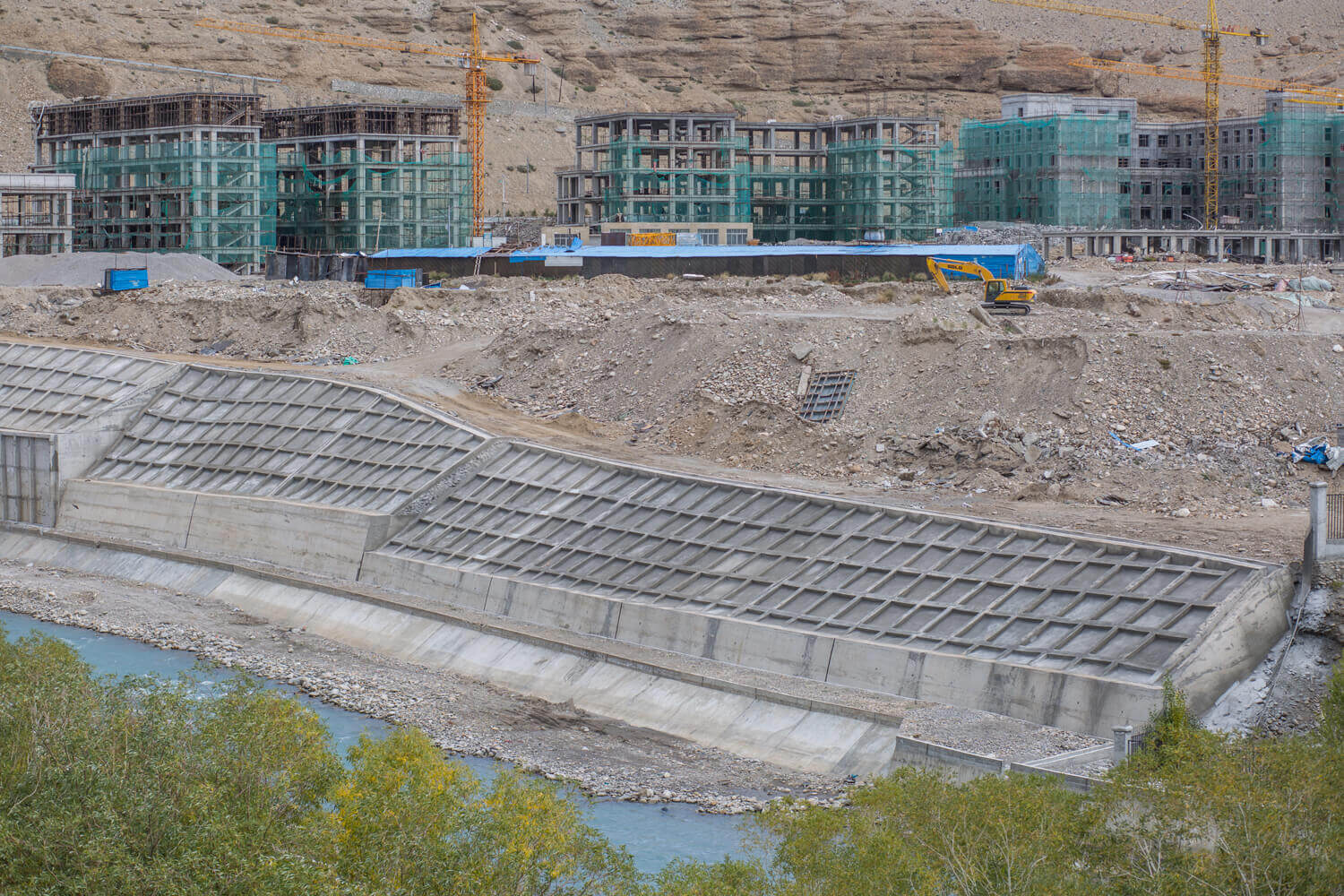Sustainable infrastructure refers to the designing, building, and operating of these structural elements in ways that do not diminish the social, economic, and ecological processes required to maintain human equity, diversity, and the functionality of natural systems.
Sustainable infrastructure involves developing roads, buildings, energy, and water infrastructure with due consideration to economic, social, and environmental implications.
The International Institute for Sustainable Development (IISD) defines sustainable infrastructure assets as those which:
- Lower carbon and environmental footprints
- Protect natural ecosystems
- Prove resilient to changing climates
- Optimize the use of natural ecosystems and their “infrastructure services”
- Move beyond compliance on core labor standards and human rights
- Trigger technological and industrial innovation
- Increase investment in education and research and development (R&D)
- Increase employment
- Demonstrate financial viability
- Crowd-in domestic investors and businesses
- Increase foreign direct investment
- Bring value for money for taxpayers and investors
